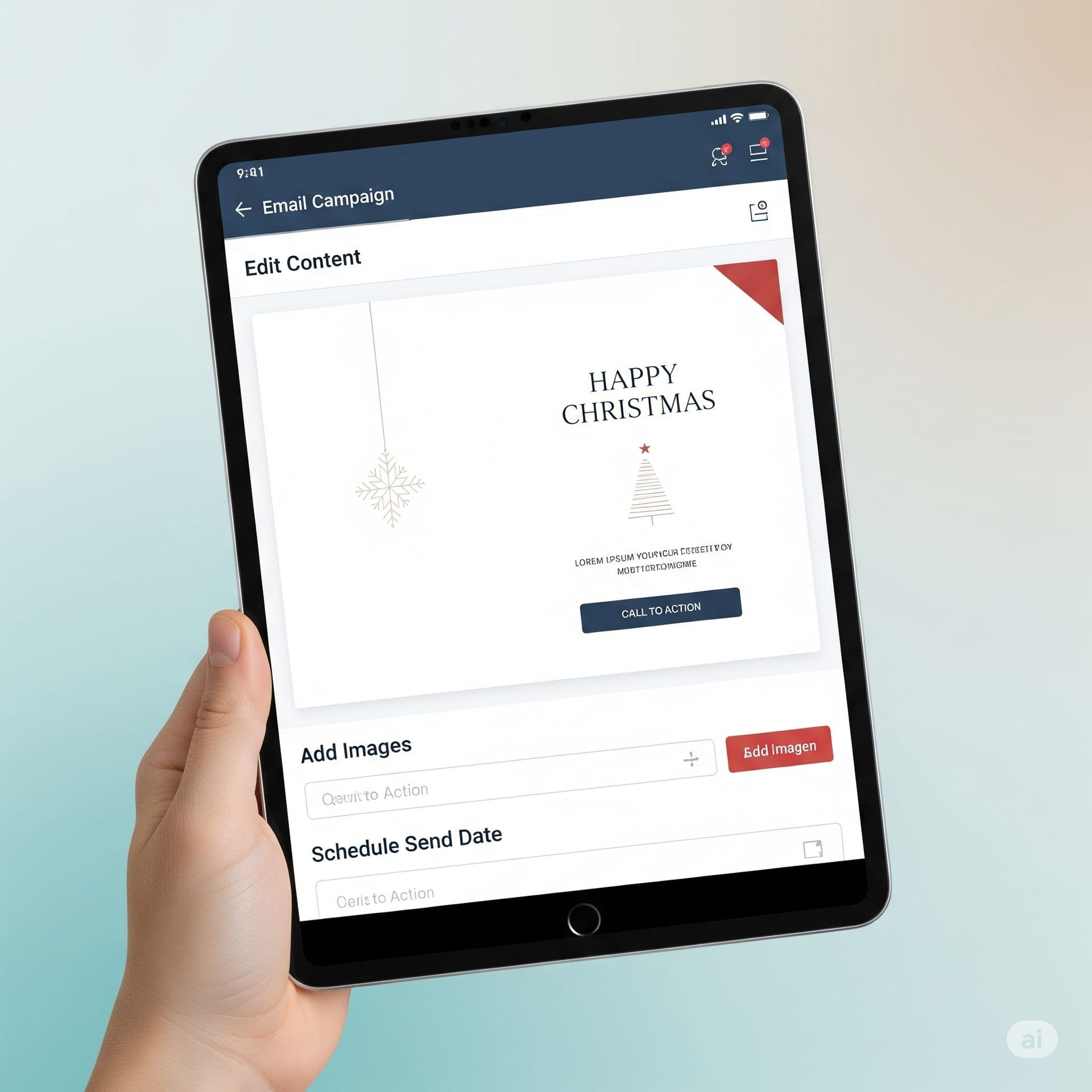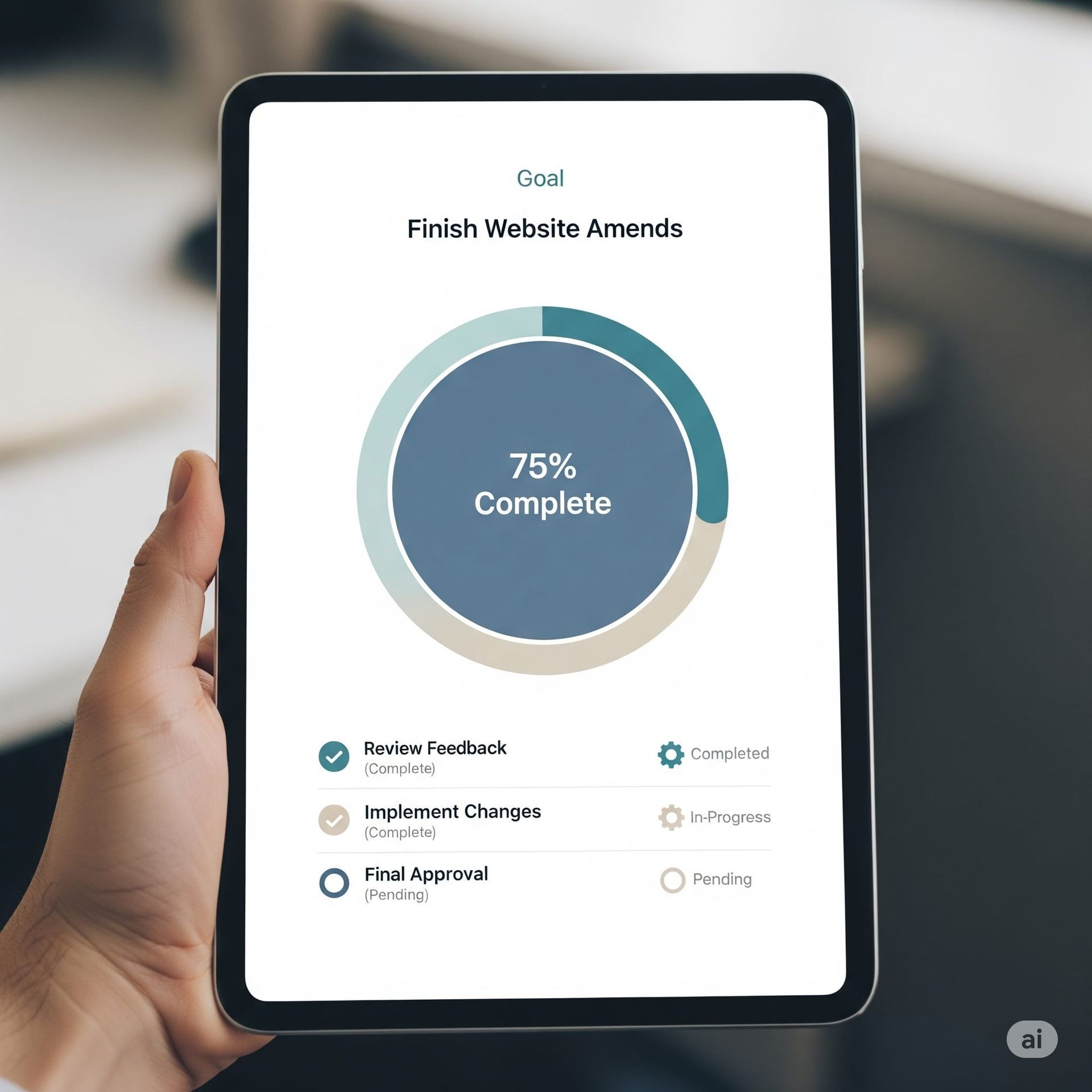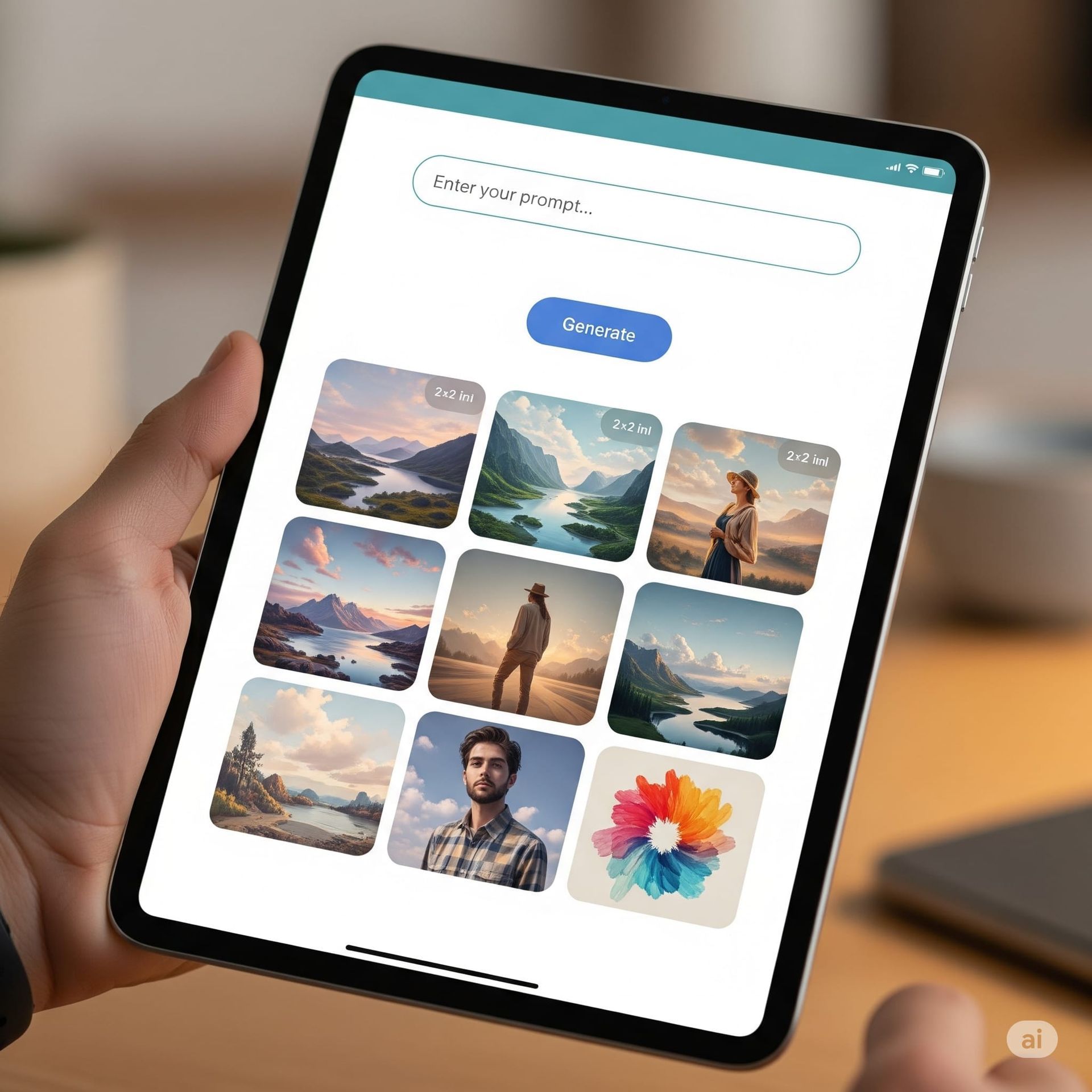Marketing Strategy for the Local Retail Sector

While posting a photo on social media every day might seem like a simple approach, creating a successful marketing strategy requires a more comprehensive and strategic approach. The strategies outlined below combine digital and offline tactics to effectively reach your target audience, build brand awareness, and drive sales.
By understanding your target market, leveraging the power of digital channels, and implementing effective offline marketing techniques, you can create a marketing plan that positions your business for long-term success
Understanding Your Target Market
Before diving into the marketing strategy, it's crucial to understand the target market. This will inform the specific messaging and channels used.
- Demographics: Age, gender, income level, location
- Psychographics: Lifestyle, values, interests, preferences
- Behavior:
Purchase frequency, brand loyalty, online behaviour
Digital Marketing Strategy
Website Development and Optimisation:
- Create a visually appealing and user-friendly website.
- Optimise for search engines (SEO) using relevant keywords.
- Ensure mobile-friendliness.
- Showcase products with high-quality images and descriptions.
- Implement an online store or link to an e-commerce platform.
Social Media Marketing:
- Establish profiles on platforms like Instagram, Facebook, and TikTok.
- Share engaging content (new arrivals, behind-the-scenes glimpses, styling tips).
- Use relevant hashtags to increase visibility.
- Run contests and giveaways to encourage engagement.
- Utilise social media advertising for targeted reach.
Content Marketing:
- Create a blog with informative and engaging content (e.g., product reviews, fashion trends, styling tips).
- Optimize blog posts for SEO.
- Promote content through social media and email marketing.
- Consider guest blogging on relevant industry websites.
Email Marketing:
- Build an email list through website sign-ups and social media contests.
- Send regular newsletters with promotions, new arrivals, and valuable content.
- Segment your email list based on customer preferences.
- Use email automation for personalized campaigns.
Pay-Per-Click (PPC) Advertising:
- Run targeted PPC campaigns on Google Ads and social media platforms.
- Use relevant keywords and ad copy.
- Track and optimize campaign performance.
Search Engine Optimisation (SEO):
- Conduct keyword research to identify relevant terms.
- Optimise on-page elements (titles, meta descriptions, headers).
- Build high-quality backlinks from reputable websites.
- Improve website loading speed.
Local SEO:
- Claim and optimize your Google My Business listing.
- Encourage customer reviews.
- Partner with local businesses for cross-promotion.
Influencer Marketing:
- Collaborate with fashion or lifestyle influencers.
- Ensure influencer alignment with your brand values.
Online Store:
- Offer a seamless online shopping experience.
- Provide secure payment options.
- Offer free or affordable shipping.
Customer Relationship Management (CRM):
- Use a CRM system to track customer interactions and preferences.
- Provide personalised customer service.
- Offer loyalty programs and rewards.
Offline Marketing Strategy (50 Points)
Public Relations:
- Develop press releases for new collections, events, or partnerships.
- Pitch to local newspapers, magazines, and online publications.
- Attend industry events and networking opportunities.
Local Partnerships:
- Collaborate with complementary businesses (e.g., other retailers, event planners).
- Offer joint promotions and discounts.
Window Displays:
- Create eye-catching window displays to showcase products.
- Update displays regularly to reflect seasonal trends.
Direct Mail Marketing:
- Send targeted direct mail campaigns to potential customers.
- Include special offers and coupons.
Print Advertising:
- Advertise in local newspapers, magazines, and community directories.
Flyers and Brochures:
- Distribute flyers and brochures in high-traffic areas.
In-Store Marketing:
- Utilise point-of-sale displays to promote products and services.
- Offer in-store promotions and discounts.
Community Involvement:
- Participate in local events and charities.
- Sponsor community activities.
Employee Training:
- Train staff on customer service, product knowledge, and sales techniques.
- Encourage employees to promote the business through word-of-mouth.
Referral Programs:
- Reward customers for referring new clients.
Measurement and Analysis
- Track key performance indicators (KPIs) to measure the effectiveness of your marketing efforts.
- Use analytics tools to monitor website traffic, social media engagement, and campaign performance.
- Regularly analyze data to identify areas for improvement and optimize your strategy.
By combining a strong digital and offline presence, you can effectively reach your target market and drive growth for your local retail shop.
Blog










